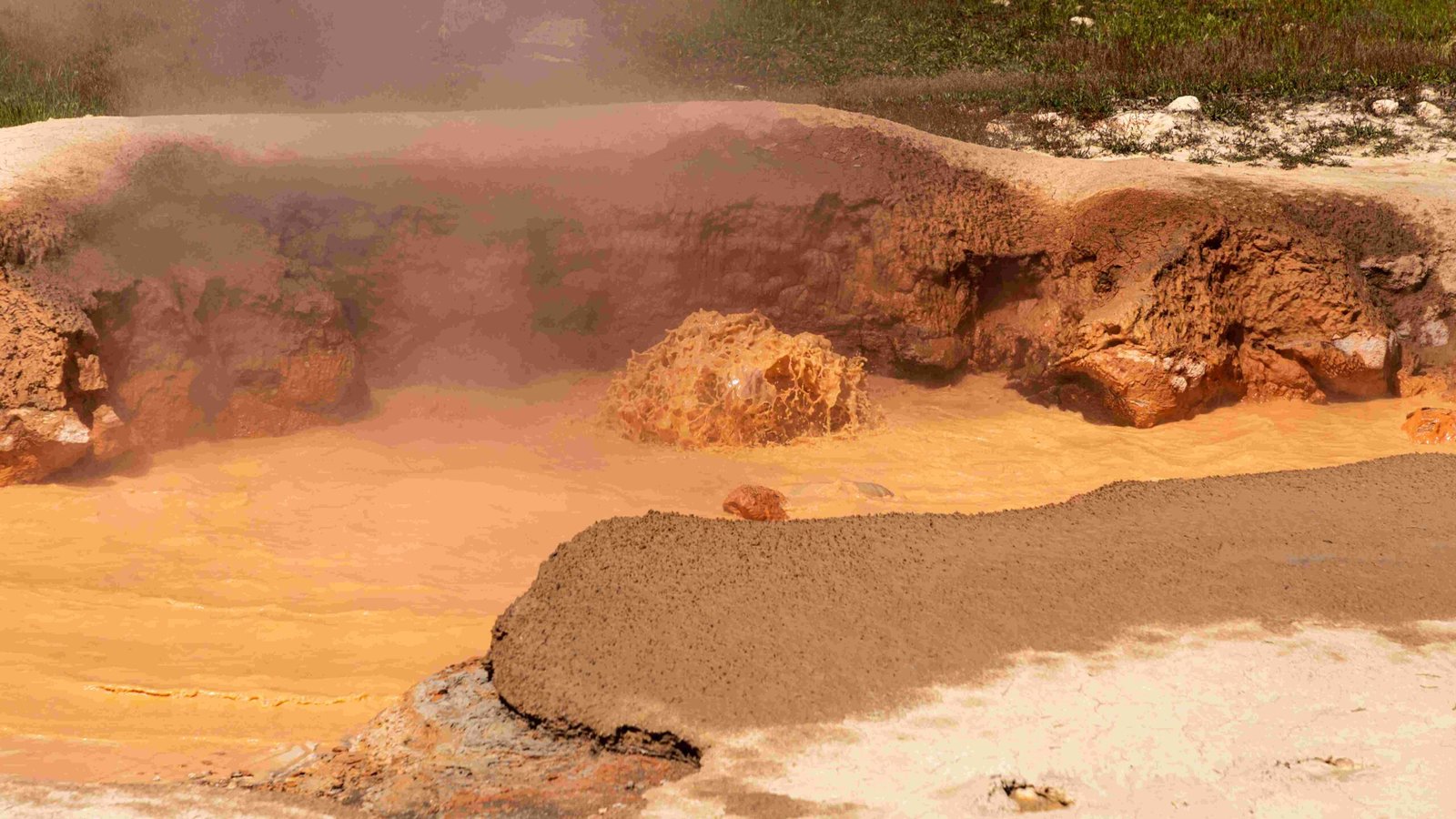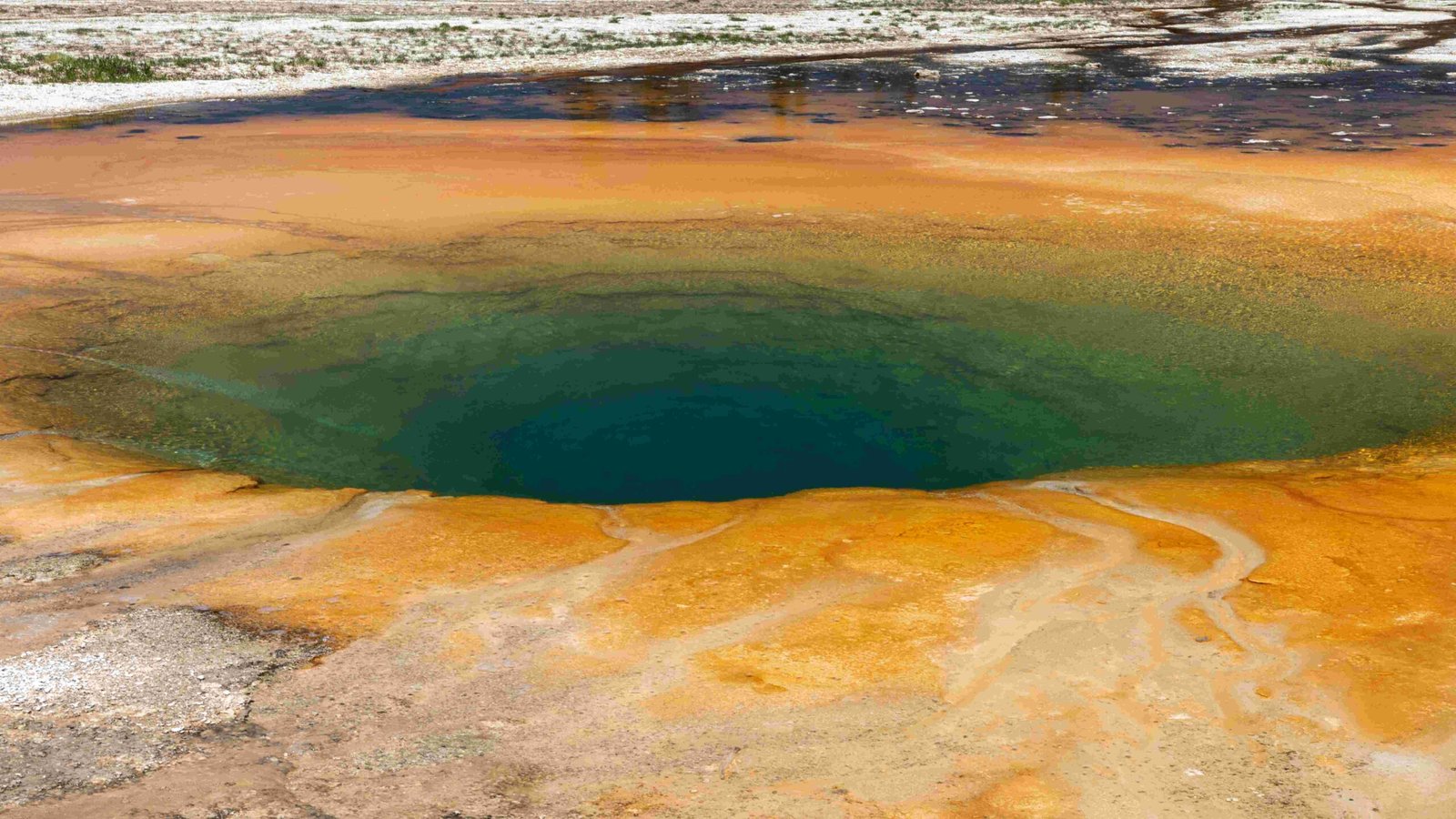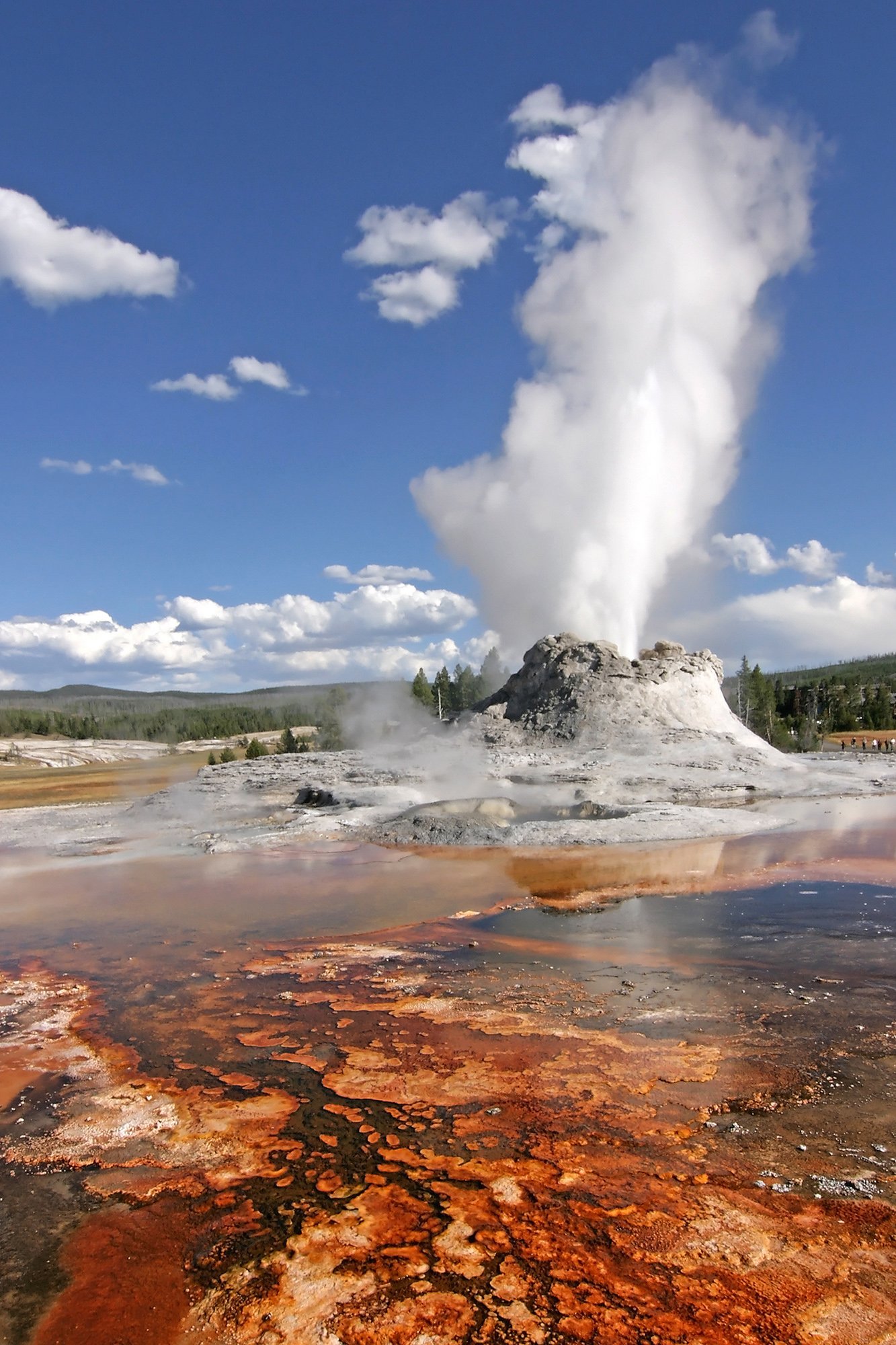Yellowstone National Park, a crown jewel of America’s natural heritage, faces numerous challenges from pollution, climate change, and human impact. Protecting this iconic landscape requires a multifaceted approach involving both park management and visitor participation. From implementing sustainable practices to wildlife conservation efforts, there are various ways to safeguard Yellowstone’s unique ecosystems and ensure its preservation for future generations.
What Are the Key Anti-Pollution Initiatives in Yellowstone?

Yellowstone National Park has implemented several anti-pollution measures to improve air and water quality:
-
Alternative Fuel Vehicles: The park has introduced plug-in electric vehicles, hybrid electric vehicles, and a hybrid electric bus to reduce emissions.
-
Idle Reduction Campaigns: Partnerships with local organizations have led to successful idle-reduction initiatives, significantly cutting fuel consumption.
-
Electric Vehicle Charging Stations: Public charging stations encourage visitors to use electric vehicles.
-
Water-Smart Technology: Efficient fixtures and leak repairs have reduced potable water consumption.
-
Smart Irrigation: Weather-sensing controllers have cut irrigation water use by 30% at Mammoth Hot Springs.
-
Permeable Pavement: Recycled materials in pavement reduce runoff and protect waterways.
How Can Tourists Contribute to Yellowstone’s Protection?

Visitors play a crucial role in preserving Yellowstone. Here are ways tourists can help:
- Use public transportation or carpool to reduce emissions
- Take shorter showers and turn off faucets when not in use
- Use refillable water bottles instead of single-use plastics
- Properly dispose of waste in designated recycling and composting bins
- Support eco-friendly accommodations within the park
What Sustainable Tourism Practices Are in Place?
Yellowstone has implemented various sustainable tourism practices:
| Practice | Description |
|---|---|
| Waste Reduction | Goal to divert 75% of solid waste from landfills |
| Reusable Bottles | Phasing out single-use plastic water bottles |
| LEED Certified Buildings | Structures like the Paintbrush residence at Old Faithful |
| Recycled Content Facilities | Remodeled areas using recycled materials |
These practices not only reduce the park’s environmental footprint but also serve as educational examples for visitors.
How Does Yellowstone Approach Wildlife Conservation?
Wildlife conservation is a top priority in Yellowstone. The park focuses on:
-
Habitat Preservation: Protecting and restoring natural habitats to maintain healthy wildlife populations.
-
Climate Change Mitigation: Implementing programs to reduce greenhouse gas emissions and adapt to climate change impacts on species.
-
Responsible Wildlife Viewing: Educating visitors on how to observe wildlife without disturbing their natural behaviors or habitats.
-
Collaboration: Working with conservation partners to develop and implement effective wildlife management strategies.
What Are the Key Habitat Preservation Strategies?
Yellowstone employs several strategies to preserve its diverse habitats:
- Water Conservation: Implementing efficient water use practices to protect natural water systems.
- Energy Efficiency: Utilizing LED lighting, renewable energy sources, and energy-efficient buildings.
- Sustainable Construction: Using recycled and sustainable materials in renovation and new building projects.
- Micro-Grid Development: Planning area micro-grids to integrate energy storage and reduce reliance on non-renewable sources.
How Can Visitors Support Habitat Preservation?
Visitors can significantly impact habitat preservation through their actions:
- Follow park guidelines for waste disposal and recycling
- Stay on designated trails to avoid damaging sensitive ecosystems
- Use eco-friendly transportation options within the park
- Support non-profit partners like Yellowstone Forever that fund conservation projects
- Educate themselves about the park’s ecosystems and conservation challenges
What Are the Long-term Goals for Yellowstone’s Protection?
Yellowstone’s long-term protection goals include:
- Achieving carbon neutrality in park operations
- Enhancing resilience to climate change impacts
- Expanding renewable energy use throughout the park
- Improving water quality and conservation measures
- Increasing visitor engagement in conservation efforts
How Is Technology Being Used to Protect Yellowstone?
Technology plays a crucial role in Yellowstone’s protection:
- Smart Sensors: Monitoring air and water quality in real-time
- GPS Tracking: Studying wildlife movement patterns
- Renewable Energy Systems: Implementing solar and geothermal technologies
- Digital Education Platforms: Engaging visitors with interactive conservation information
What Challenges Does Yellowstone Face in Its Protection Efforts?
Despite ongoing efforts, Yellowstone faces several challenges:
- Increasing visitor numbers and their impact on the environment
- Climate change affecting ecosystems and wildlife habitats
- Balancing conservation with visitor access and experience
- Securing funding for long-term conservation projects
- Managing invasive species that threaten native flora and fauna
How Can the Public Support Yellowstone’s Protection Beyond Visiting?
The public can support Yellowstone’s protection in various ways:
- Donate to conservation organizations focused on Yellowstone
- Advocate for policies that protect national parks
- Participate in virtual education programs about Yellowstone’s ecosystems
- Spread awareness about the importance of preserving natural habitats
- Volunteer for park clean-up or restoration projects when available
By implementing these ways to protect Yellowstone National Park, we can ensure that this natural wonder continues to thrive for generations to come. Each action, whether taken by park management or individual visitors, contributes to the overall health and preservation of this unique ecosystem.

